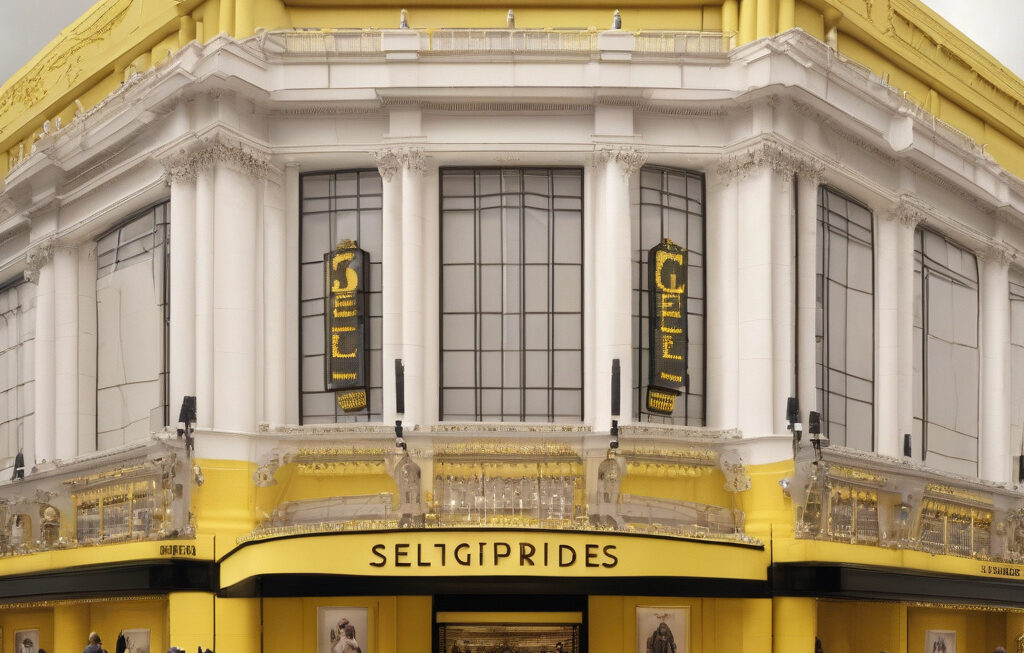Luxury Brands Bet on Experiential Retail to Revive China Sales
The landscape of retail is rapidly evolving, especially in the realm of luxury brands. With the rise of e-commerce and changing consumer preferences, traditional brick-and-mortar stores are facing challenges like never before. In response to this shift, many luxury brands are turning to experiential retail as a way to captivate consumers and drive sales. One such brand leading the way is Louis Vuitton, with its latest Shanghai store making waves in the industry.
Located in Shanghai, Louis Vuitton’s newest store is not just a place to shop – it’s an immersive experience. Standing tall at 30 meters, the store is shaped like a ship and aptly named ‘The Louis.’ This innovative concept goes beyond the typical retail environment, aiming to create a destination that offers customers a unique and unforgettable experience.
Experiential retail is all about engaging the senses and emotions of consumers, creating a connection that goes beyond the products themselves. By focusing on creating memorable moments and offering personalized experiences, luxury brands can set themselves apart in a crowded market. For Louis Vuitton, ‘The Louis’ represents a bold step towards redefining the traditional retail experience and catering to the evolving demands of Chinese consumers.
China has long been a key market for luxury brands, with its growing middle class and appetite for high-end goods. However, in recent years, the luxury sector in China has faced challenges, from changing consumer behaviors to economic uncertainties. In response, brands are reimagining their approach to the Chinese market, with a renewed focus on innovation and creativity.
By investing in experiential retail, luxury brands are not only driving foot traffic to their stores but also creating opportunities for deeper engagement with consumers. These immersive experiences allow brands to tell their story, showcase their heritage, and connect with customers on a more personal level. In a digital age where shopping can be done with a click of a button, experiential retail offers a way for brands to create lasting impressions and build brand loyalty.
The success of Louis Vuitton’s ‘The Louis’ store in Shanghai is a testament to the power of experiential retail in today’s market. By blending art, architecture, and technology, the store provides a multi-sensory experience that resonates with consumers and creates buzz both online and offline. As other luxury brands take note of this trend, we can expect to see more innovative and immersive retail concepts emerging in China and beyond.
In conclusion, the shift towards experiential retail represents a new chapter in the evolution of luxury brands. By embracing creativity, innovation, and a customer-centric approach, brands can not only survive but thrive in a rapidly changing retail landscape. As Louis Vuitton and other luxury brands continue to bet on experiential retail to revive sales in China, one thing is clear – the future of retail is all about the experience.
luxury, retail, experiential, China, sales












